Search results for 'rco and 1 1 0'
-
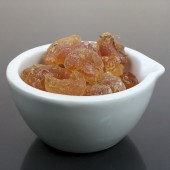
Gum Arabic
Starting at: £6.30
-
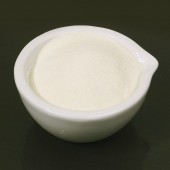
Casein Lactic
Starting at: £15.95
-
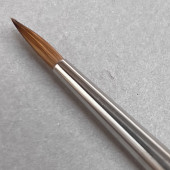
Cornelissen Series 22 Spotter
Starting at: £7.35
-
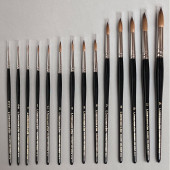
Cornelissen Series 80A Kolinsky Sable
Starting at: £5.90
-
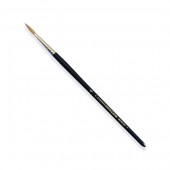
Cornelissen Series 1 Kolinsky Sable Watercolour Brush
Starting at: £11.10
-
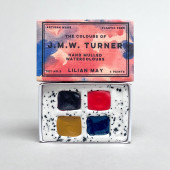
Lilian May, J.M.W. Turner Watercolours, Matchbox Set, 4 Wells
£20.00Call to Order
-
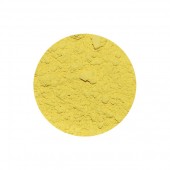
Naples Yellow Light Pigment
Starting at: £7.40
Call to Order
-
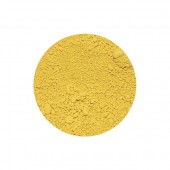
Naples Yellow Dark Pigment
Starting at: £7.40
Call to Order
-
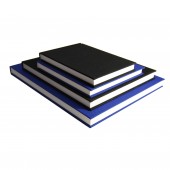
Cornelissen Watercolour Book
Starting at: £13.60
Call to Order




